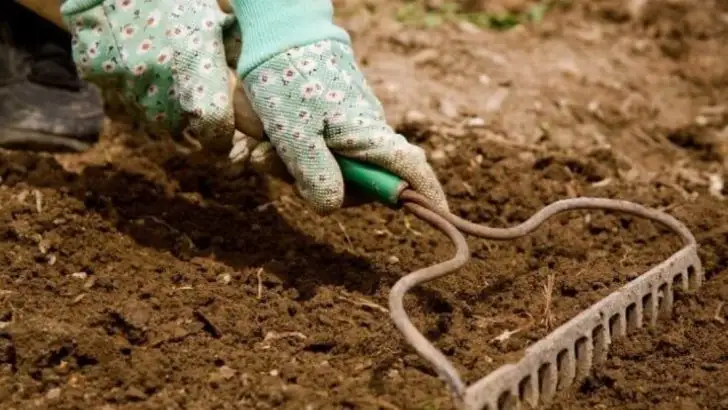Letting go of a landscaper can feel overwhelming—but it might be the best thing you do for your garden. Without the middleman, you gain full control, creative freedom, and serious cost savings.
The good news? You don’t need heavy machinery or a design degree. With just a few smart strategies, you can achieve professional-level results using your own timing, tools, and instincts—often with even better outcomes.
In this article, discover 16 practical ways to take over your landscape confidently—from choosing low-maintenance plants to fixing common layout flaws—and finally grow a space that reflects your vision, not someone else’s template.
Soil Testing: Uncover Your Garden’s Needs

Do you know what your plants are truly craving? Soil testing unveils the mysteries beneath your feet, providing insights into nutrient levels and pH balance. Armed with this knowledge, you can tailor your soil amendments for optimal plant growth. Consider it the first step towards a thriving garden.
Testing kits are readily available, making it a straightforward task. By understanding your soil’s unique composition, you can make informed decisions about fertilizers and other soil conditioners. Say goodbye to guesswork! With precise data, your garden will flourish like never before.
Mulching: Blanket of Benefits

Mulch isn’t just a garden accessory; it’s a superhero in disguise. By adding a layer of mulch, you retain moisture, suppress weeds, and regulate soil temperature. It’s an effortless way to give your plants a helping hand.
Choose from a variety of mulch types, each offering unique benefits. Organic mulches enrich the soil as they decompose, while inorganic ones provide long-lasting coverage. Mulching not only improves plant health but also adds a polished look to your garden, making it a win-win strategy.
Composting: Nature’s Recycling

Transform kitchen scraps into garden gold with composting. This eco-friendly practice enriches your soil while reducing waste, creating a nutrient-rich amendment that plants adore. Think of it as nature’s way of recycling.
Building a compost pile is simple and rewarding. Over time, you’ll see how everyday waste decomposes into a valuable resource. Not only does composting benefit your garden, but it also helps the environment, making it a win-win situation for you and nature.
Pruning: Sculpting with Shears
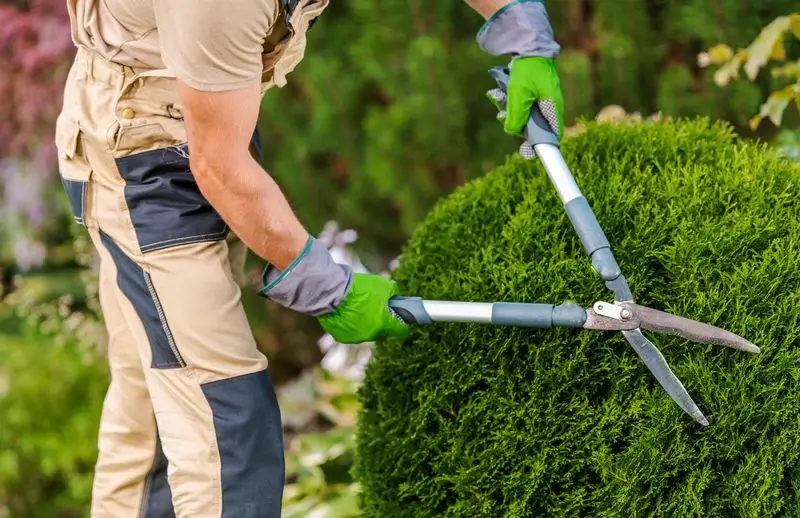
Pruning is an art form that enhances the beauty and health of your plants. By removing dead or overgrown branches, you encourage new growth and flowering. It’s a satisfying task that yields immediate visual rewards.
Regular pruning keeps plants in shape and prevents disease. Understanding when and how to prune different species is key. With practice, your garden will become a testament to your sculpting skills and botanical knowledge.
Watering Wisely: Quenching Thirst
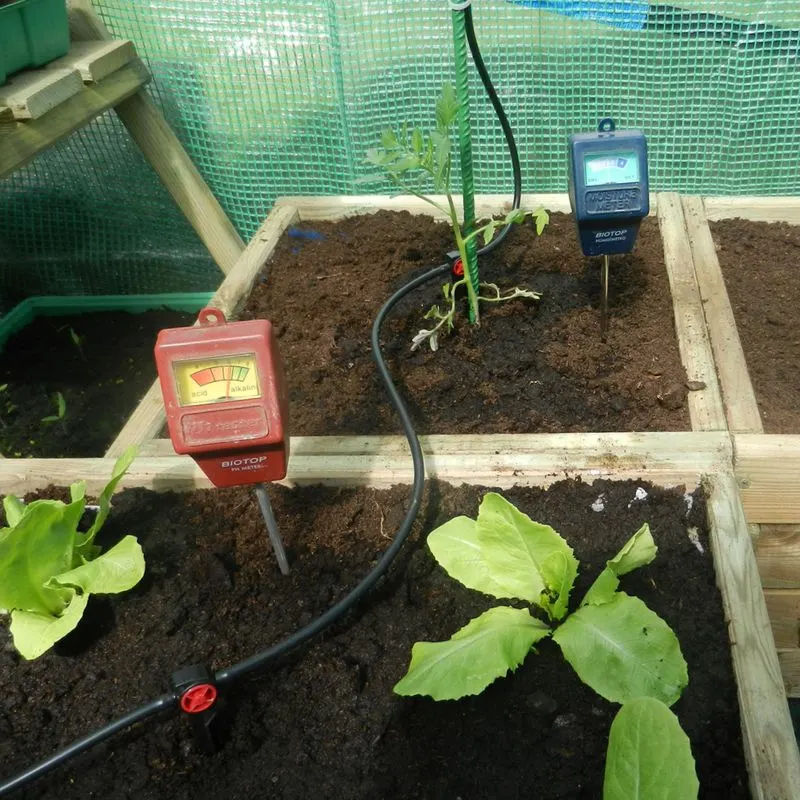
Overwatering is a common mistake that can drown your plants. Learning to water wisely involves understanding your garden’s specific needs and using efficient methods. Drip irrigation systems are a smart choice, delivering moisture directly to the roots.
Timing is crucial; morning watering reduces evaporation, ensuring that plants receive the hydration they need. Adjusting techniques according to seasonal changes will keep your garden vibrant all year round.
Plant Selection: Right Plant, Right Place
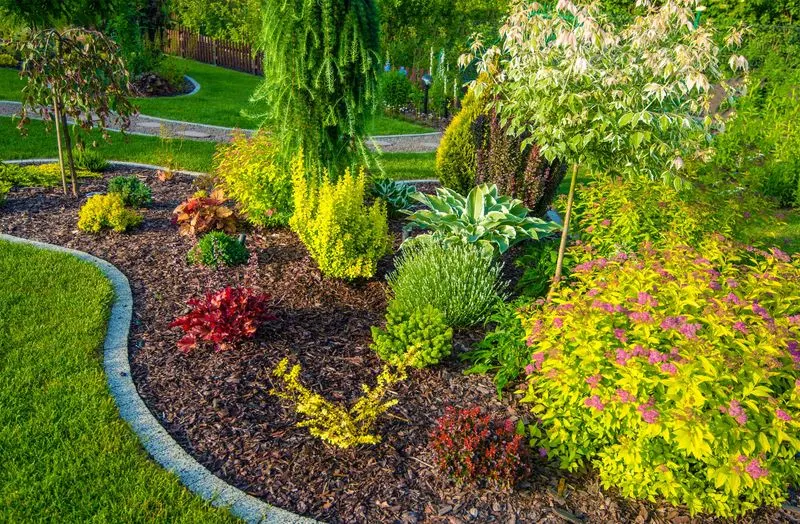
Choosing the right plants is half the battle won. Selecting species that suit your climate and soil ensures better growth and fewer headaches. Native plants are often the best choice, as they’re adapted to local conditions.
Consider sunlight, water, and space requirements when deciding what to plant. A well-planned garden not only thrives but also requires less maintenance, leaving you with more time to enjoy your outdoor oasis.
Edging: Define Your Space
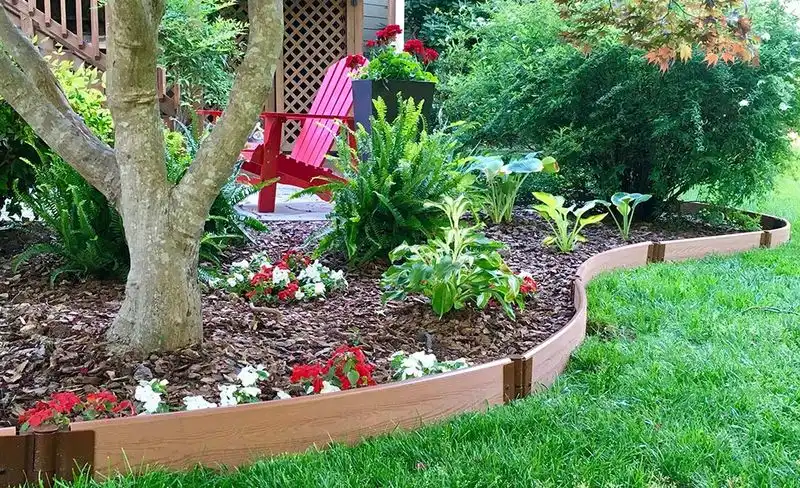
Edging brings a sense of order to your garden by sharply defining spaces. Whether using stone, wood, or metal, a well-crafted edge prevents grass from invading flower beds and keeps mulch in place.
Not only does edging contribute to a clean look, but it also provides a clear boundary between different garden sections. With numerous materials and styles to choose from, edging can be as functional as it is attractive.
Natural Pest Control: Eco-Friendly Solutions
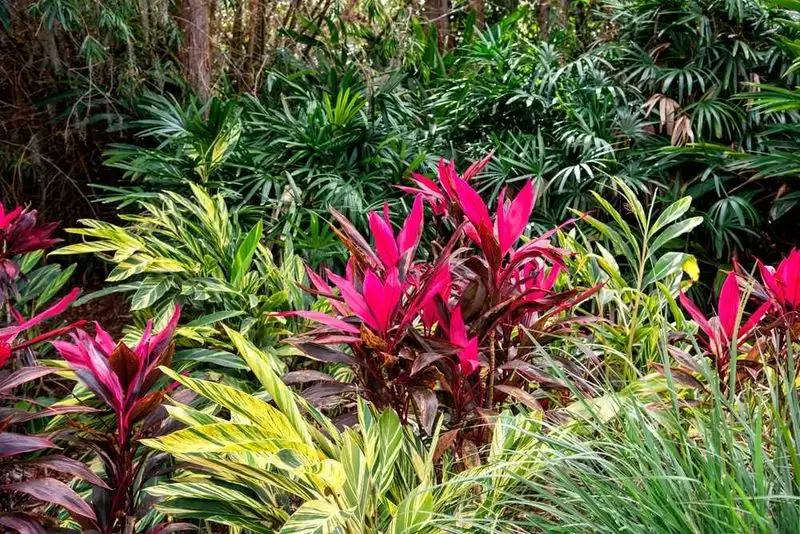
Pests don’t have to mean panic in your garden. Embrace natural solutions like garlic spray, beneficial insects, and companion planting to keep unwanted visitors at bay. These methods are gentle on the environment and effective against common pests.
Understanding your garden’s ecosystem is crucial. By fostering beneficial insects and using natural deterrents, you create a balanced environment where plants thrive and pests are kept in check.
Seasonal Planting: Embrace the Cycle
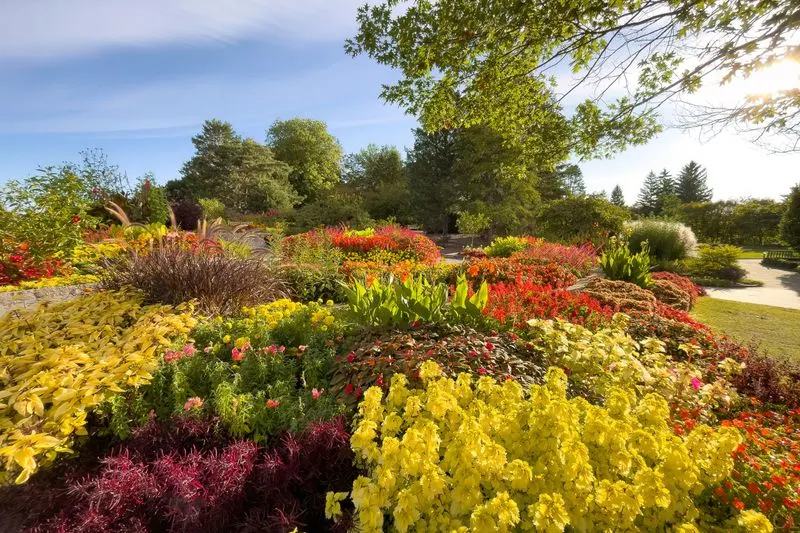
Seasonal planting aligns your garden with nature’s rhythms, ensuring that plants flourish in their preferred environment. By rotating crops and choosing seasonal varieties, you maximize growth and yield.
This practice reduces pest problems and enriches soil health. Planning your garden around the seasons provides continuous interest and beauty, keeping your landscape dynamic and vibrant throughout the year.
Vertical Gardening: Reach New Heights
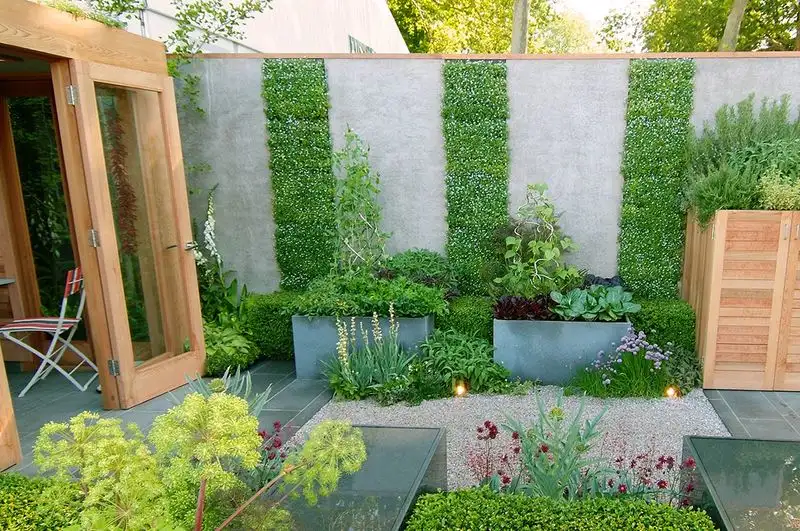
Limited space doesn’t mean limited options. Vertical gardening utilizes walls and fences, transforming them into green masterpieces. Perfect for small areas, this method maximizes space while adding a unique visual element.
From herbs to flowers, vertical gardens accommodate a variety of plants. Innovative solutions like hanging pots and trellises make vertical gardening accessible to everyone, turning everyday spaces into thriving gardens.
Lawn Care: The Grass is Greener

Achieving a healthy lawn involves more than just regular mowing. Aeration, fertilization, and proper mowing techniques contribute to lush grass. Understanding the needs of your particular grass type is essential.
Aerating allows air, water, and nutrients to penetrate the soil, promoting robust growth. With the right care, your lawn becomes an inviting carpet of green, perfect for relaxation and play.
Rainwater Harvesting: Resourceful Hydration
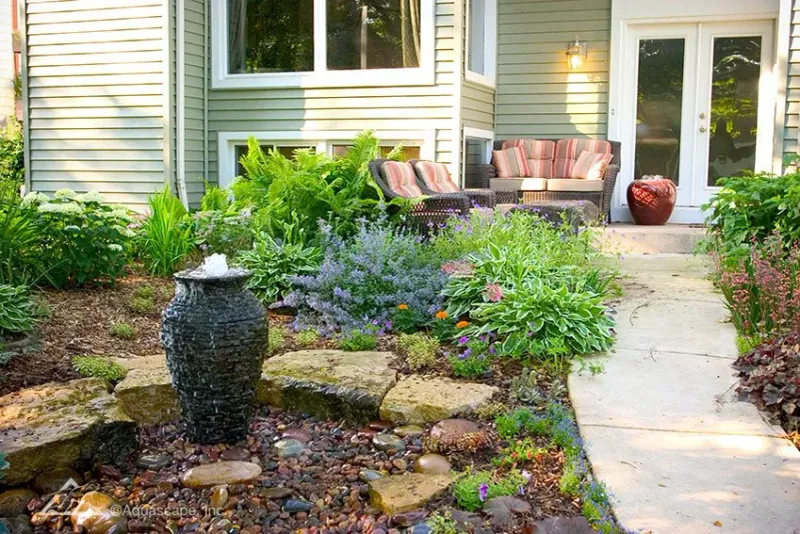
Harvesting rainwater is a sustainable way to water your garden. Simple systems like rain barrels collect runoff from your roof, providing a free and eco-friendly water source.
Using rainwater reduces your water bill and conserves precious resources. Gardens thrive on rainwater, as it’s free from chemicals and chlorine found in tap water. Embrace this mindful approach to garden hydration.
Pathways: Guiding the Journey
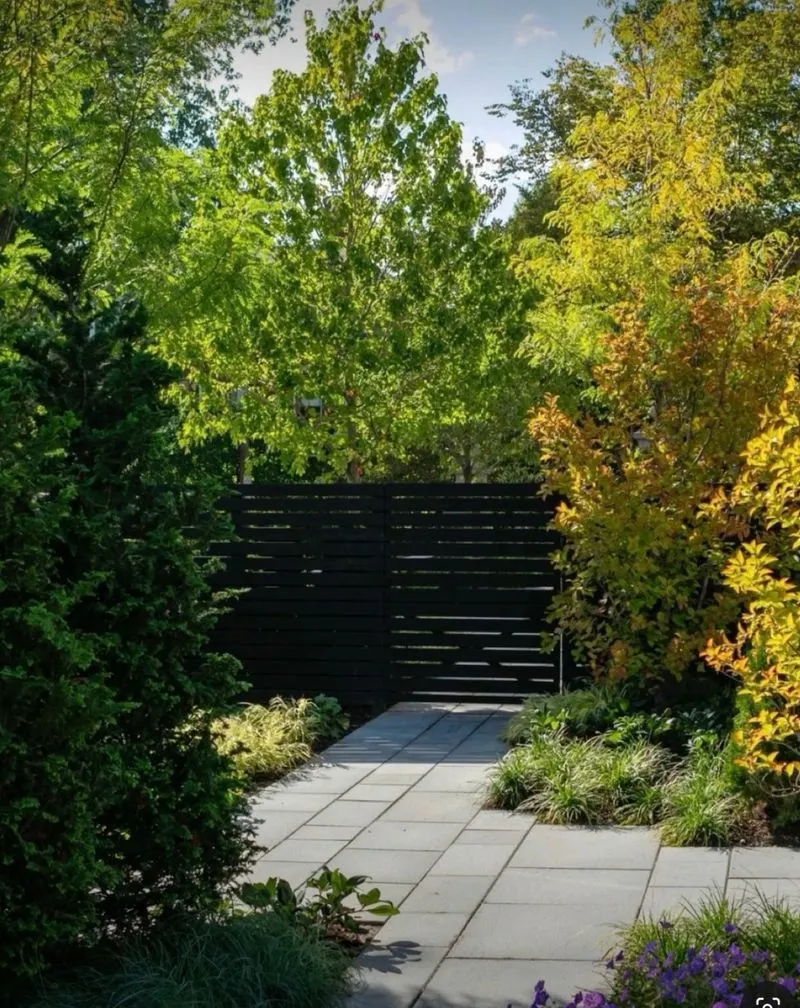
Paths invite exploration and connect different garden areas, adding structure and charm. Materials like stone, gravel, or wood offer durability and aesthetic appeal.
Thoughtfully designed pathways enhance the flow of your garden, guiding visitors through your carefully curated landscape. They also provide easy access for maintenance, keeping your garden looking its best with minimal effort.
Herb Gardens: Culinary Delight
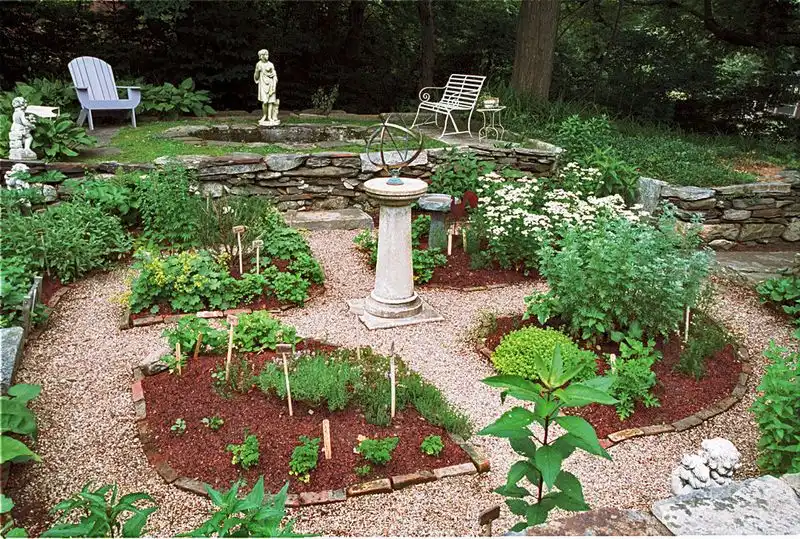
Herb gardens offer fresh flavors at your fingertips. Growing herbs like basil, parsley, and mint is both rewarding and practical, adding a gourmet touch to your meals.
These compact gardens fit into small spaces, thriving on windowsills or balconies. With minimal effort, you can enjoy the taste of homegrown herbs year-round, enhancing your culinary creations with freshness only home gardens provide.
Lighting: Illuminate the Night
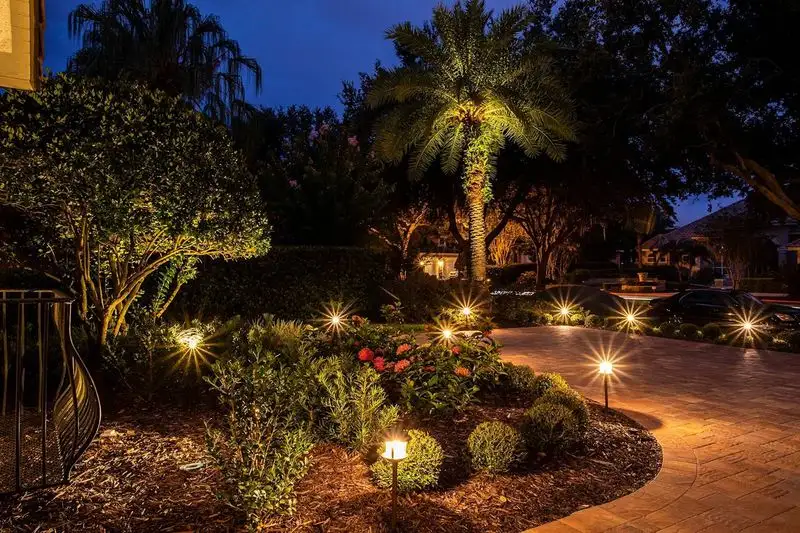
Outdoor lighting transforms gardens into enchanting evening retreats. Solar lights, lanterns, and string lights highlight features and provide ambiance.
Well-placed lighting ensures safety while enhancing the aesthetic appeal of your garden. By choosing energy-efficient options, you create an inviting space that can be enjoyed day and night, extending the usability of your outdoor areas.
Wildlife Habitats: Welcome Nature
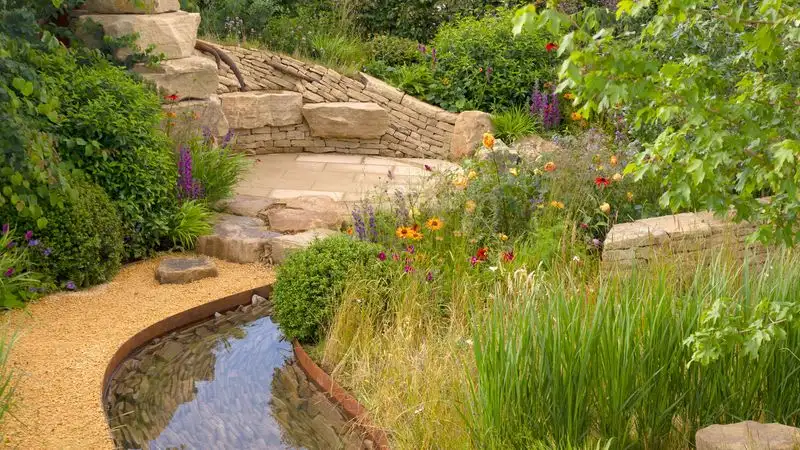
Inviting wildlife into your garden creates a vibrant ecosystem. Birdhouses, bee hotels, and native plantings attract beneficial creatures, enhancing biodiversity.
These elements contribute to a thriving garden, where plants and wildlife coexist harmoniously. By providing habitats, you support local fauna and enjoy the beauty and vitality that wildlife brings to your outdoor space.

